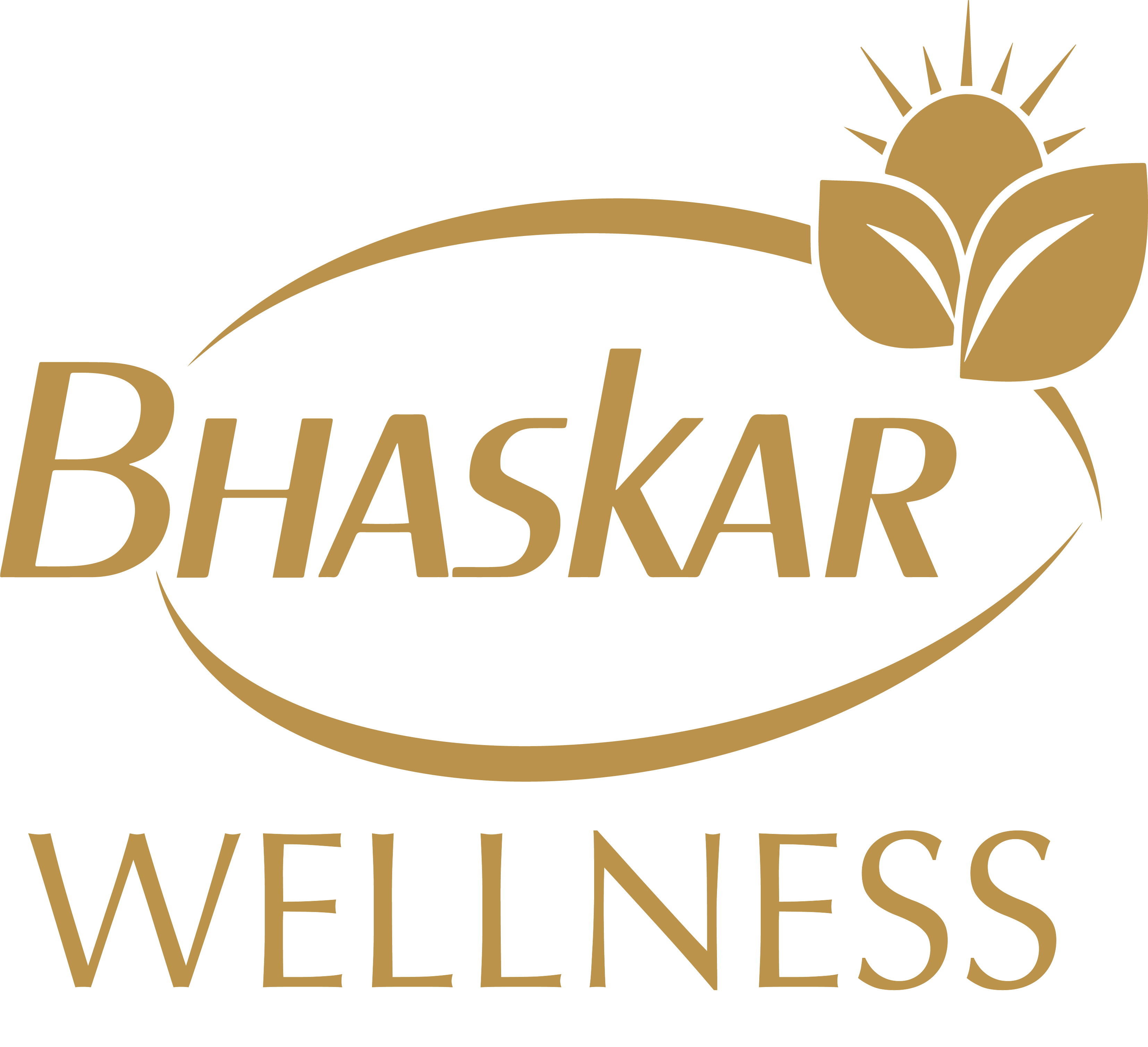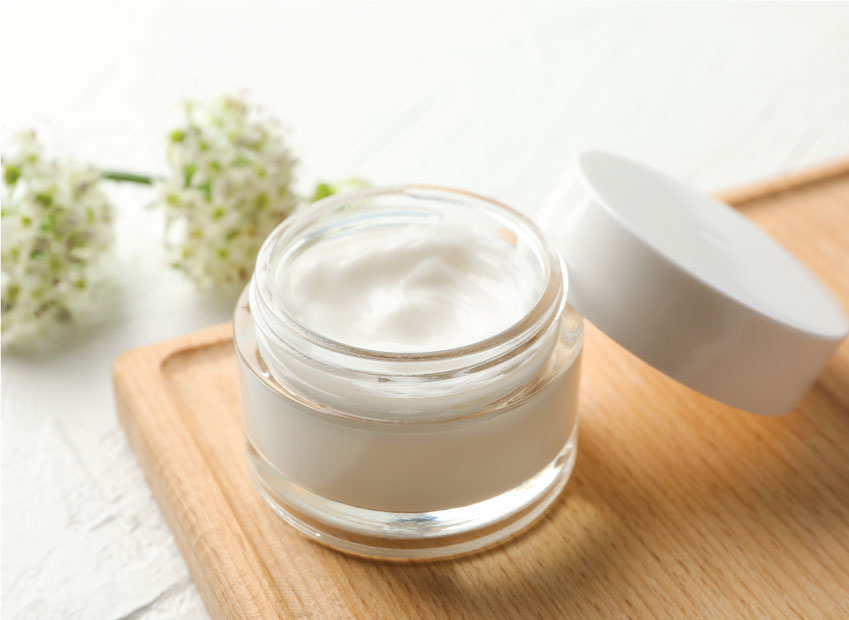Introduction:
In the ever-evolving world of skincare, understanding the language of product labels is crucial for making informed choices. One term that often graces the labels of many skincare products is ‘non-comedogenic.’ But what does it really mean, and how does it contribute to achieving flawless, pore-perfect skin? Let’s unravel the mysteries of ‘non-comedogenic’ skincare and learn how to decipher product labels for a healthier complexion.
What Does ‘Non-Comedogenic’ Mean?
The term ‘non-comedogenic’ refers to skincare products designed to prevent skin pore blockages and the occurrence of acne. In an era where consumers are increasingly conscious of the ingredients in their skincare routine, understanding such technical terms becomes imperative. Essentially, opting for non-comedogenic products is a proactive approach to avoiding unwelcome guests on your skin, like acne and blocked pores.
Distinguishing Non-Comedogenic from Oil-Free:
A common query that may arise is whether ‘non-comedogenic’ is synonymous with ‘oil-free.’ While both terms aim to prevent clogged pores and acne, they differ in their approach. Oil-free products focus on removing excess oil from the skin, but they may not guarantee pore blockage prevention. On the other hand, non-comedogenic products not only avoid pore clogging but may not necessarily eliminate the natural oils on your skin. For those with oily and acne-prone skin, both oil-free and non-comedogenic products are suitable choices.
Reading Between the Lines:
Despite claims on product labels, it’s essential to be discerning when choosing non-comedogenic products. Thicker formulations may still pose a risk of causing acne, irrespective of the label. A helpful rule of thumb is to understand that thicker formulations have a higher likelihood of causing acne. For those keen on preventing breakouts, opting for water-based, gel-based, or lightweight skincare regimes is a safe bet. Reading the label for the thickness of the product can be a quick check to ensure it aligns with your skin’s needs.
Ensuring Non-Comedogenic Assurance:
While most products boast being non-comedogenic, there can be exceptions. To ensure the efficacy of a product, especially for those with acne-prone skin, reading the label becomes paramount. Opt for transparency in product formulations, and if in doubt, consult with dermatologists for personalized recommendations.
Conclusion:
In the pursuit of flawless skin, understanding the significance of ‘non-comedogenic’ in skincare is key. By choosing products that prioritize preventing pore blockages and acne, you take a proactive step towards maintaining healthy and radiant skin. As you navigate the vast world of skincare, let ‘non-comedogenic’ be your guiding light, ensuring that every product you choose contributes to the clarity and perfection of your complexion. So, the next time you shop for skincare, decode the labels, prioritize ‘non-comedogenic,’ and embrace a journey to pore-perfect skin. celebrating the rejuvenating benefits it brings to your skincare routine. After all, who wouldn’t want to indulge in the luxury of youthful, hydrated, and naturally radiant skin?

